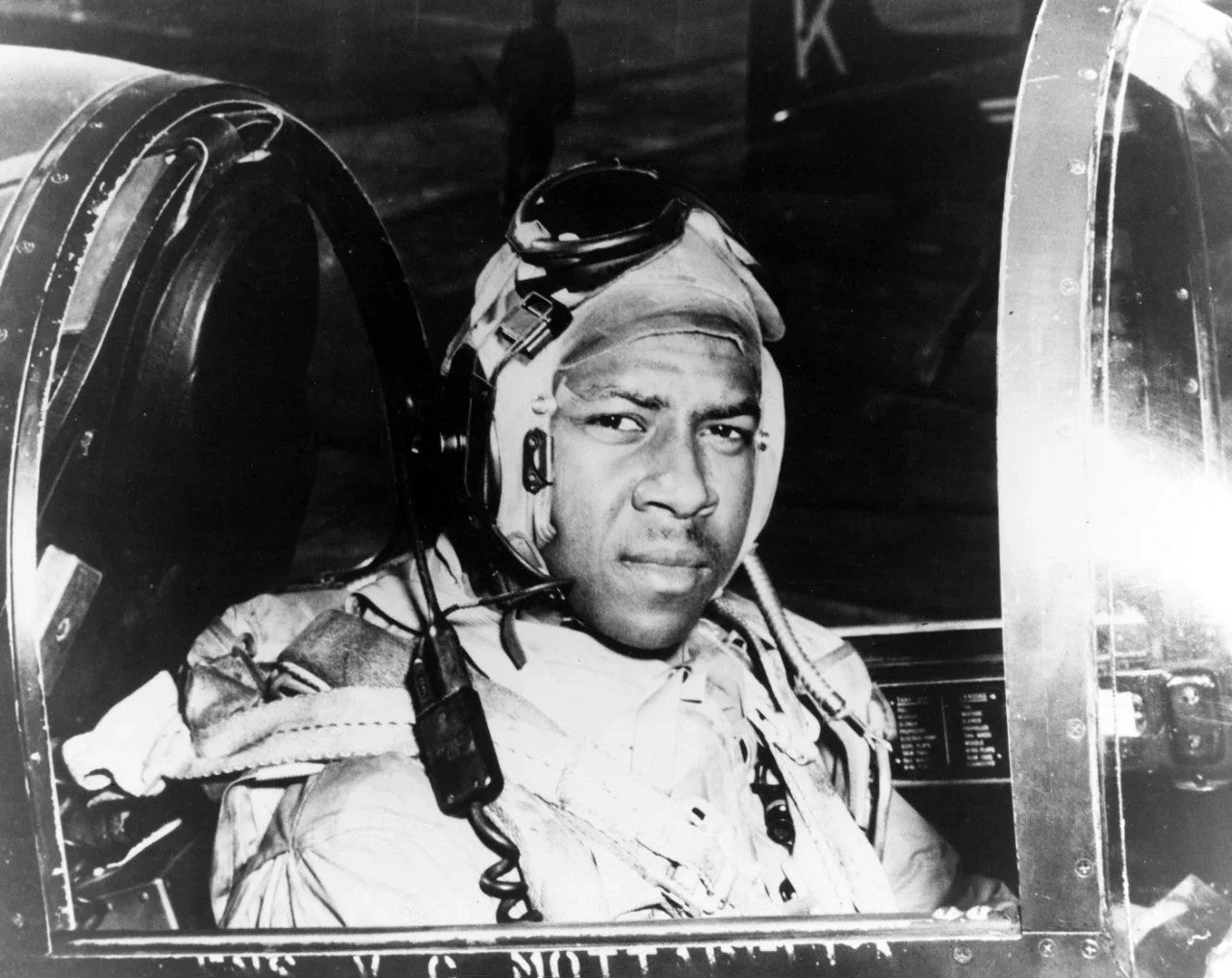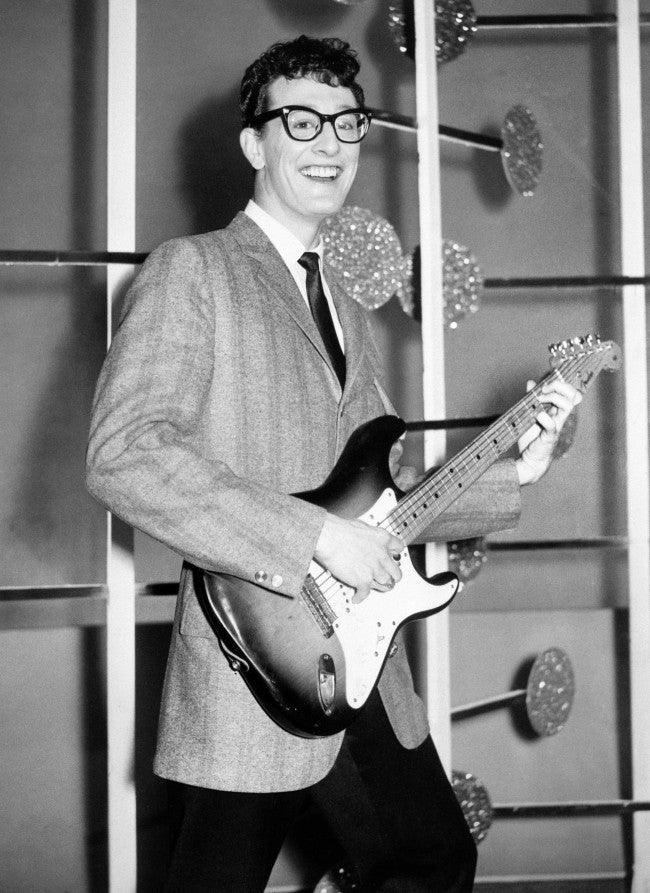Walking on Air: The Aerial Adventures of Phoebe Omlie
On a chilly winter day in Des Moines, Iowa, on November 21, 1902, a little girl named Phoebe arrived in the world.
She attended Oak Park School in Des Moines until she was 12 years of age when her family moved North to St. Paul, Minnesota. There she studied at the Madison School and Mechanic Arts High School, from which she graduated in 1920.
The day she graduated was the day President Woodrow Wilson visited Minneapolis, an event commemorated by a flyover.
That was the first airshow of any kind that young Phoebe had ever seen.
Phoebe was hooked and knew even then, aviation was her destiny.
After Graduation
After graduation, she worked in an insurance office, but within a few weeks was miserable beyond belief.
Her solution? She began haunting the local airfield operated by the Curtiss Northwest Flying Company, needling the manager until he gave up and agreed to let one of the company pilots take her up for a ride.
The manager gave the pilot special instructions: give her the works! A few loops, a nose dive or two, and get her good and sick!
The pilot gave it his best shot, but the effort was counterproductive, to say the least!
Bright and early the next morning, Phoebe Fairgrave appeared at the field again, this time with $ 3,500 her grandfather had left her in his will, and bought herself a Curtiss C-6!
Phoebe Fairgrave was in business!

The 1920s
The 1920s were referred to as the "Roaring Twenties". It was a decade of change when many Americans owned cars, radios, and telephones for the first time.
The first powered manned flight took place in 1903, and the 1910s ushered in the first widespread use of aviation for military purposes.
By the 1920s, people were fascinated with airplanes and flying, and many new, innovative airplanes were developed—planes like the Curtiss C-6 Oriole, the Fairey Fox, the Ryan NYP, and many others.

The Curtiss C-6 Oriole featured a self-starter and a tall thin radiator in the pilot's field of view.
In those days, parachute jumping was considered an avocation only for lunatics!
Few pilots were willing to fly Phoebe; none wanted the gruesome death of an 18-year-old girl on their conscience.
None, except Vernon Omlie, the one pilot who agreed to fly for this strange young girl.
Phoebe Fairgrave, however, widened Vernon's horizons. Here was a girl who was already making contacts with the Fox Moving Picture company and who would soon be under contract as an aerial acrobatic aviatrix!
After working with Phoebe for a few weeks, Vernon decided to take the plunge, quit his job with Curtiss, and became Phoebe's personal pilot.
Vernon Omlie
Vernon Omlie came to work for Phoebe, and the two of them set off to make their own fame and fortune.
They hooked up with an established barnstormer by the name of Glenn Messer, and after a few months of intensive practice, built up the kind of rapport necessary between a pilot and wing-walker.
The Phoebe Fairgrave-Glenn Messer Flying Circus was ready and set out to barnstorm the midwest.
Phoebe was ready for the headlines!
On July 10, 1922, they were operating out of a gravel runway outside of St. Paul, Minnesota.
Phoebe appeared shortly after 3 pm, wearing her riding breeches and her leather helmet with goggles. Her feet were firmly attached to her oversized basketball shoes, which had extra-suction soles.

Vernon and Phoebe standing in front of her Curtiss C-6 Oriole.
Notice the white cloth in Vernon's left hand; it was used to wipe the oil off of his goggles in flight.
They both wear leather flying helmets with goggles to protect their eyes from the wind. Goggles would soon be replaced by aviator sunglasses, much like the ones the American Optical company would provide pilots in World War II.
As the anxious crowd watched, Vernon smoothly applied power to the big Curtiss OX-5 engine, gently lifted the nose of the aircraft, and eased it over the treetops as they climbed steadily to an altitude of 15,000 feet.
As Vernon and Phoebe looked over the countryside, they could see thousands of onlookers scattered around the fields below as Phoebe Fairgrave began her show.
Phoebe climbed out of the cockpit, crawled out to the end of the right wing, and strapped on the large parachute she had so carefully packed only a few hours before.
She carefully stood up - and jumped!
The chute opened, and Phoebe floated gently down to the ground.
No woman had ever jumped from an airplane at that height before, and once she landed on the ground a few minutes later, she was a world record holder!
The modus operandi of barnstormers was pretty well set and included a thrill show, in this case featuring Phoebe, who would dance on the wing of the C-6 while Vernon put the airplane through its paces, including loops.
The show-stopper, however, would come after Phoebe hung by her teeth from the fuselage of the airplane was the double parachute drop.
Phoebe would drop from the airplane, open her first parachute, cut some lines on the parachute, and then when Phoebe was about 500 feet above the ground, she would open her second parachute.

Phoebe Fairgrave suspended under the airplane hanging on by her teeth!
Unfortunately, the Phoebe Fairgrave-Glenn Messer Flying Circus never found the right formula and often made less than a $ 10 profit per week.
This was not unusual for barnstormers, and many of them died in a pile of wood and canvas, and wire. Most of the survivors went broke in the end.
Vernon and Phoebe Tie The Knot
On February 22, 1922, Vernon and Pheobe married, or "gotten mashed," as the vernacular of the time said.
They wound up back in Memphis, where Vernon gave flying lessons and sightseeing rides.
By 1925, things began looking up. A group of flying enthusiasts formed the Memphis Aero Club, and within a year, had built the first airport in Memphis.
Vernon was the "hoghead," the man who ran the airport. He formed Mid-South Airways and set up shop at the airport.
Two years later, they moved to the new Memphis Municipal Airport, just north of where the present-day terminal stands.
Phoebe Fairgrave Omlie Makes A Name For Herself
Phoebe piled up some "firsts" of her own and in 1927, became the first woman to receive a transport pilot's license (Number 199) and now could carry passengers as well as cargo.
In 1928 she became the first woman to fly across the Rocky Mountains in an airplane with less than seven horsepower.
She was loved by the newspapers, following her every move during 1929, 1930, and 1931.
In 1931 she entered the National Sweepstakes Derby, which included both men and women.
Flying a Monocoupe, she named Miss Memphis, to everyone's delight and surprise beats out the men and comes home with a brand new Cord automobile, the grand prize!
After that, she and Vernon would drive down to The Peabody hotel, and as they reached the doorway to the ballroom, the spotlight would swing around and focus on the tall pilot Vernon and his short wife with her playful smile.
Phoebe Enters Politics
In 1932 Phoebe decides the campaign for Franklin D. Roosevelt and hits the campaign trail with Miss Memphis. During the summer, Phoebe stumps in 16 different states logging more than 20,000 miles.
FDR rewarded her by appointing Phoebe as a special assistant for air intelligence of the National Advisory Committee for Aeronautics. She was the first woman to hold a position of any consequence in any of the government's aviation bureaus.
For the next three years, she implemented the National Air Marking Program, whereby rooftops were painted at 15 square mile intervals with big orange arrows indicating the direction and mileage to the nearest towns.
She recruited female pilots to construct this network which was a great aid to fliers prior to the invention of radar.

She continued to take to the campaign trail when FDR ran again as a busy and productive career woman in an age when men still acted shocked when they found them in professional roles.
Life Changes For Phoebe
In August of 1936, Vernon made a trip to Chicago on a commercial airliner, and on the return flight, tragedy struck when the airplane crashed, and Vernon died at the age of 40. Vernon had always flown with the utmost caution — never flying at night and, if unsure of the length of a field, getting out of his plane to pace the distance.
Phoebe was devastated by Vernon's death and never remarried. She left her job in Washington and returned to Memphis.
Until 1952 Phoebe held a number of administrative jobs. She quit serving while stating that the government was "regimenting and regulating aviation out of business."
Over the next years, she made many changes in her life, buying a cattle farm, and selling it for a hotel and cafe, but eventually wound up broke and suffering from lung cancer.
Eventually, Phoebe Fairgrave Omlie checked into the York Hotel in downtown Indianapolis, Indiana, lived there for five years, and never left.
On July 1, 1975, Phoebe Fairgrave Omlie passed away after an exciting, interesting, and fascinating life as an Aviatrix and professional administrator.
I hope you enjoyed this trip through some of the history of aviation. If you enjoyed this trip, and are new to this newsletter, sign up to receive your own weekly newsletter here: Subscribe here
Until next time, keep your eyes safe and focused on what's ahead of you, Hersch!


If you enjoyed "Walking on Air: The Aerial Adventures of Phoebe Omlie," please share it with all of your friends on social media.
PS
Life is interesting, and as some of you know, I am a pilot.
During my flying career, I was a Certified Flight Instructor, but in late 1975 or early 1976, I was no longer actively instructing students.
I received a telephone call from a friend of mine, Don Frank, who had a young woman who was not happy with the instructors available at the airport. In fact, one of the instructors was more interested in her than in teaching her how to fly.
I considered it for a little while and then agreed to come out and meet this aspiring pilot. Over the years, I had given flight instruction to a number of women, but most of them lost interest once they soloed the aircraft, so I was somewhat skeptical.
But because Don wanted me to teach her how to fly, I agreed.
As the lessons went on, it became very apparent that this young woman was serious about getting her pilot's license. She was sure of herself, determined and constantly called me after every lesson and quizzed me for an hour or so.
When I felt she was ready to solo, she must have sensed it because, before the next flying lesson, she told me - in no uncertain terms - that she would let me know when she was ready to solo!
I must admit I was taken aback, but we worked it out, she soloed, and she went on to get her pilot's license. In those years, there were not many opportunities for women to fly for a living, and that was a real shame.
Today that headstrong young woman not only continues to love flying but through a stroke of good luck, she is now my beautiful wife!
Who knew?





Leave a comment
This site is protected by hCaptcha and the hCaptcha Privacy Policy and Terms of Service apply.